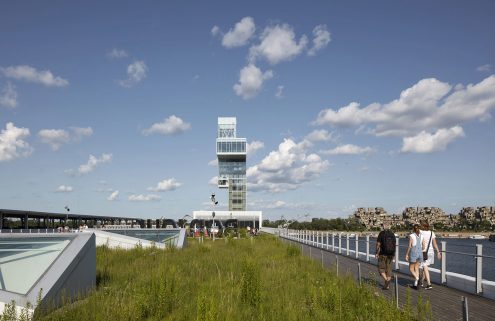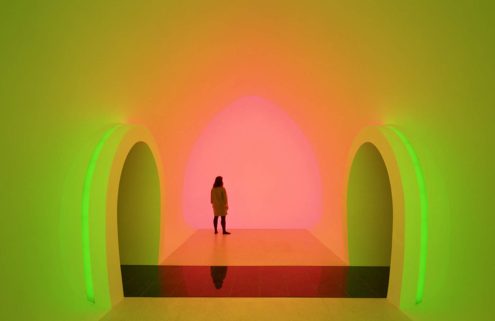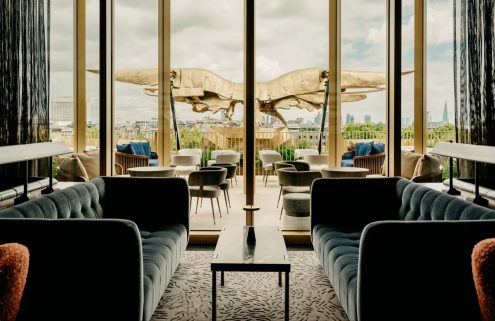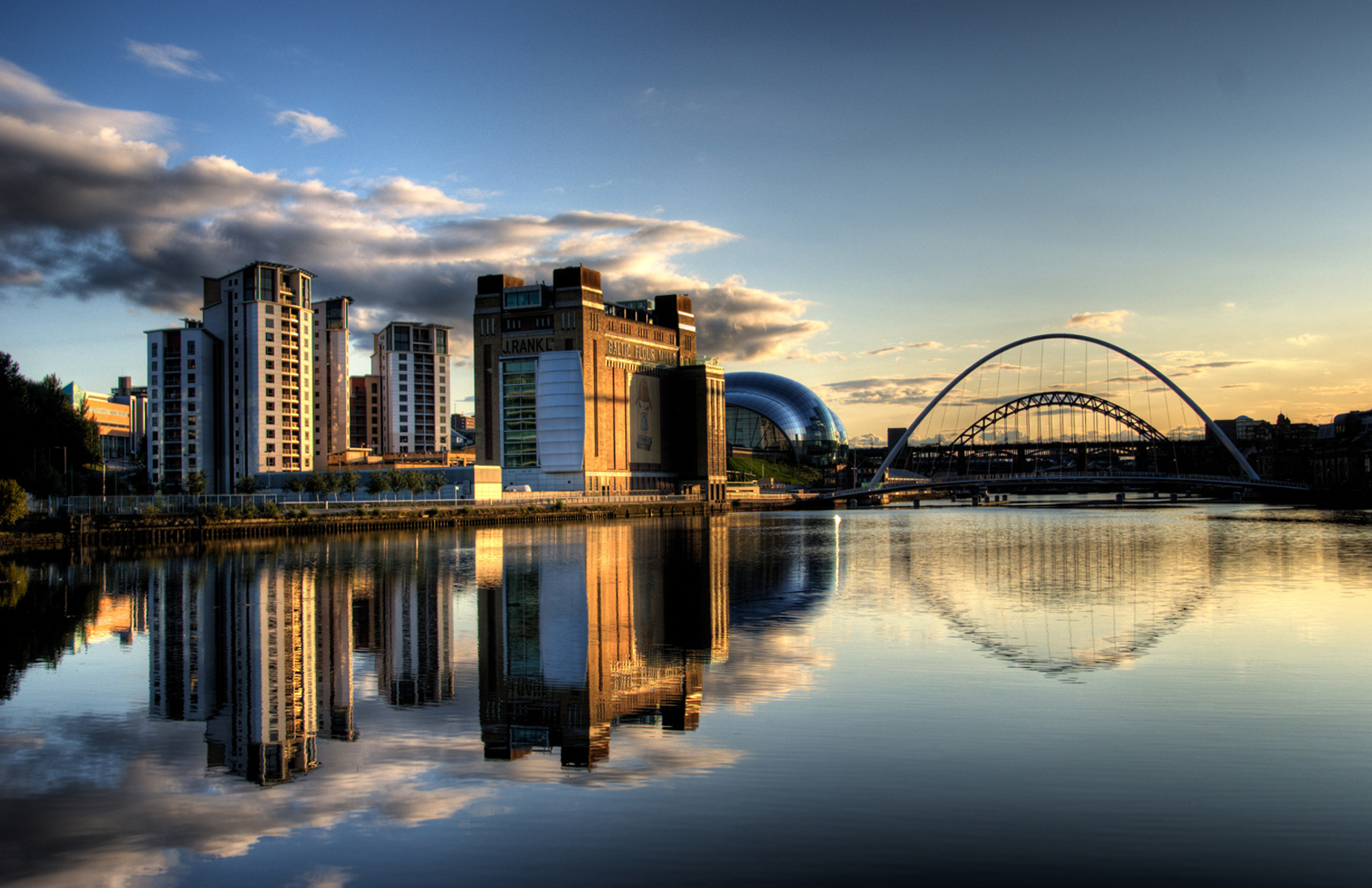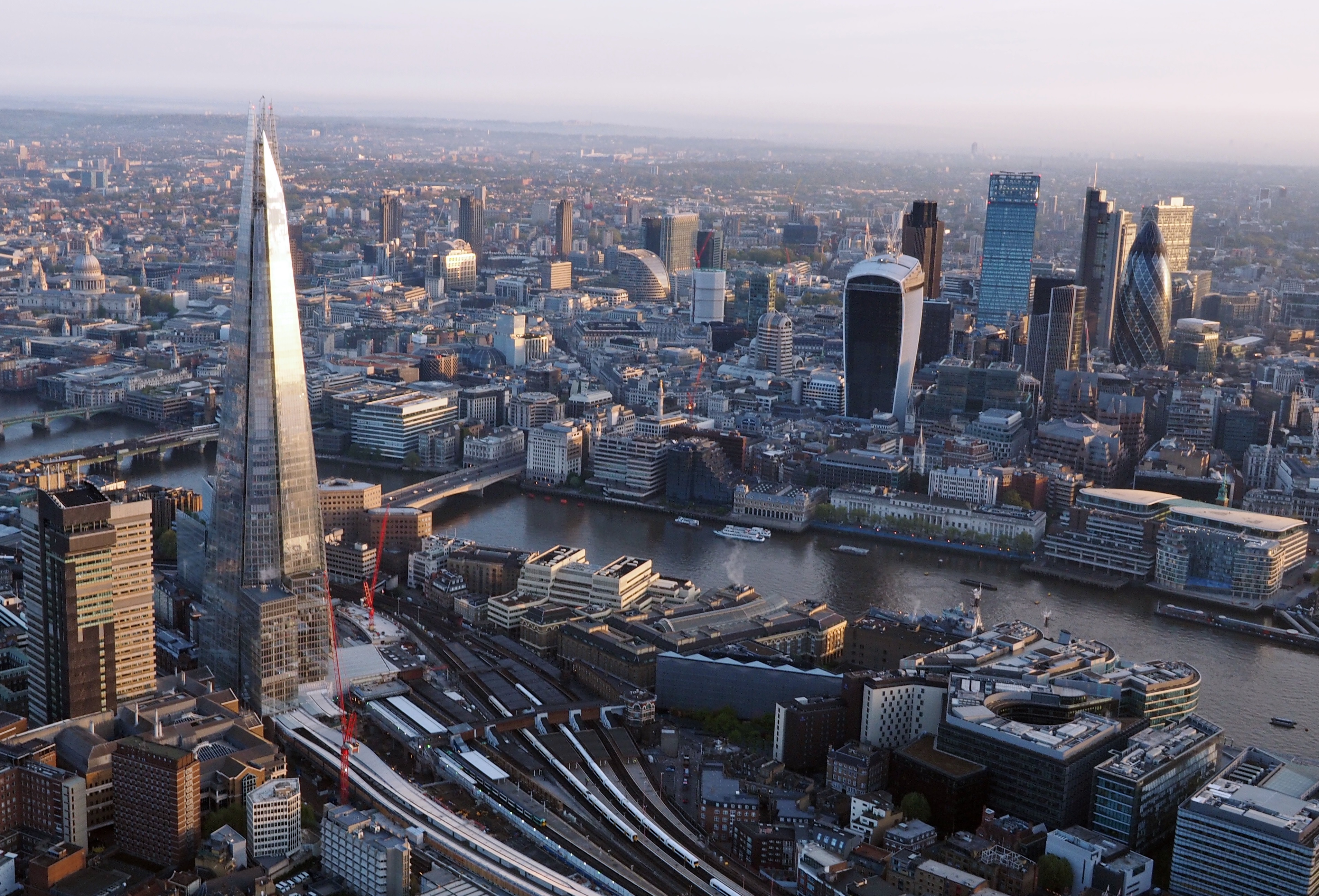
According to Zipf’s Law, a capital city is typically twice the size of its second city, three times the size of its third city – and so on. Most countries broadly follow this formula.
But Britain has earned a reputation as the ‘one eyed monster’, with London’s 8.6 million population dwarfing Birmingham’s mere 1.2 million. The capital contributes 47% of the UK’s design economy and employs a fifth of the country’s design workforce.
Its reputation as a centre for creative excellence is global – but perhaps not for long. As rising rents push creatives out of town, we investigate five creative contenders for the UK’s second city crown.
Manchester
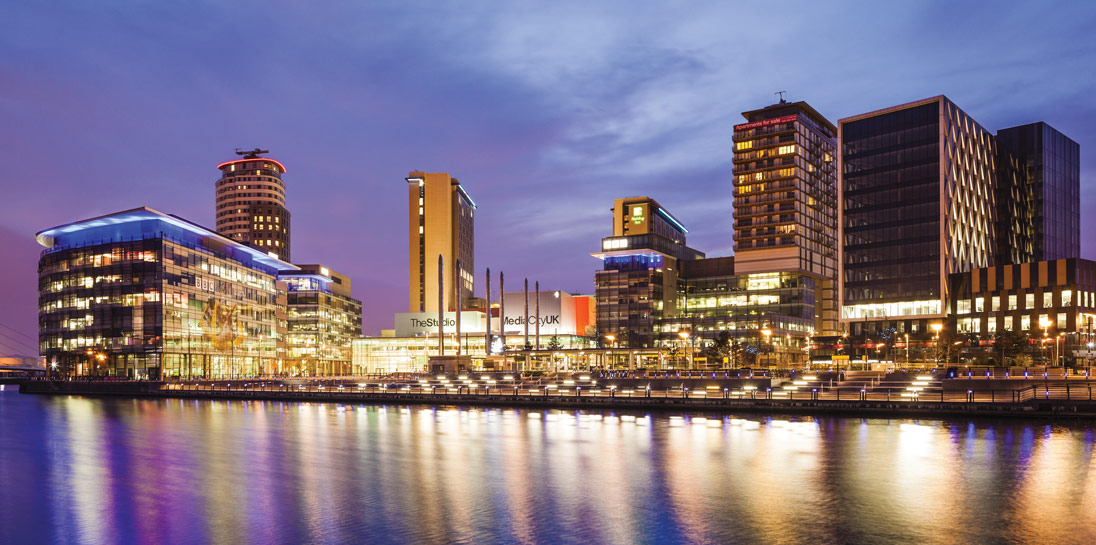
With a population of 0.5 million, Manchester is smaller than Birmingham – Britain’s official second city – but it’s growing rapidly at a rate of 19% versus Birmingham’s 9%. It also beat Birmingham (and Edinburgh) in a YouGov poll for a new second city in 2015.
Dubbed ‘the engine of the powerhouse of the North’ by George Osborne, it tempted the BBC away from London to Salford’s media city (in Greater Manchester) in 2011, and the city’s employment growth – at 3.8% – is predicted to exceed that of Paris, Berlin or Tokyo over next five years.
Cementing its appeal is an annual festival, Design Manchester, which attracts some 20,000 visitors. Meanwhile, developments like The Sharp Project – a former electronics factory now home to 60 digital media and film production entrepreneurs – make it a year-round creative hub.
Newcastle and Gateshead
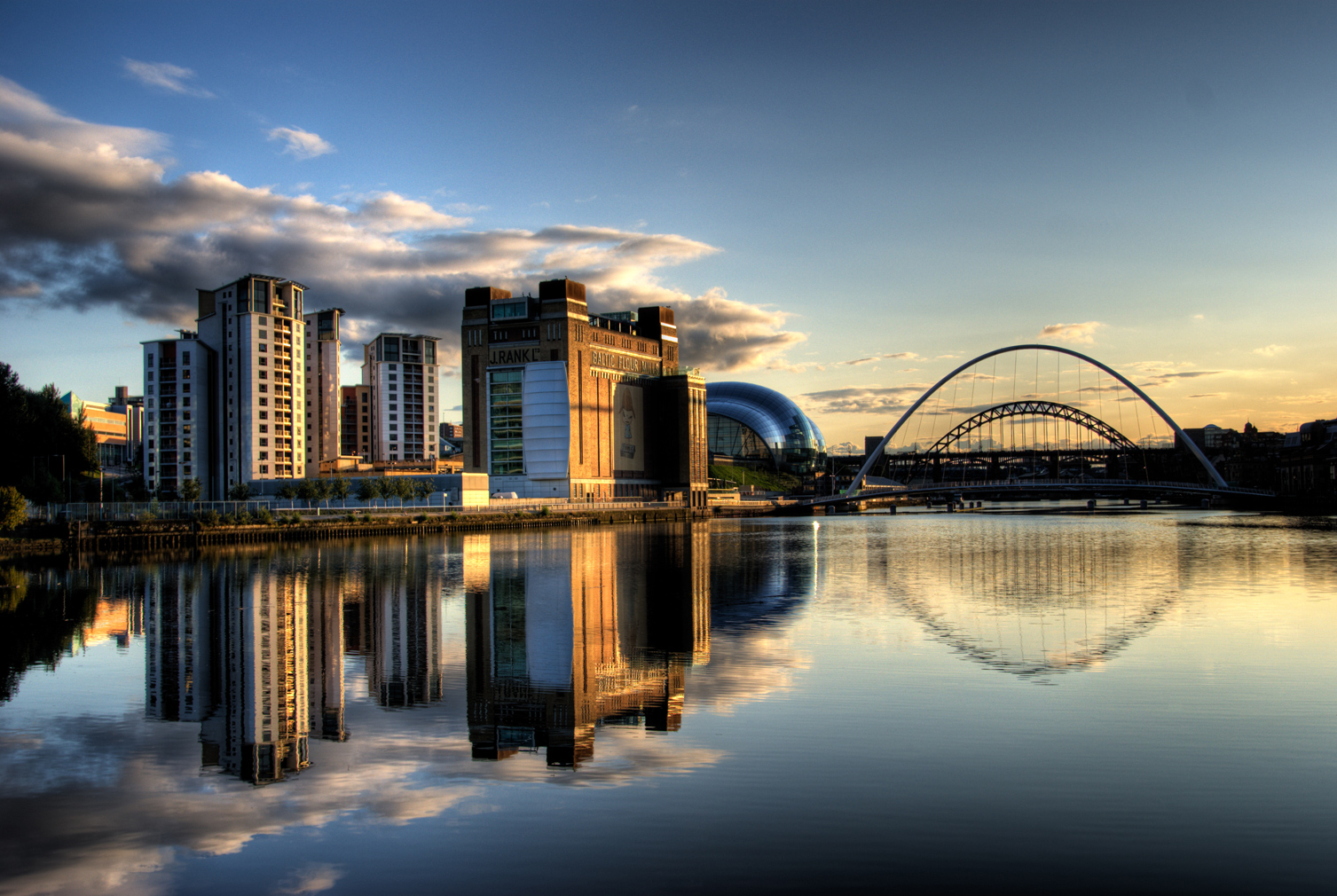
The Lonely Planet’s ‘hipster capital of the North East’ has seen £250 million invested in arts and culture over 20 years, starting with the UK’s most recognised piece of public art, the Angel of the North, designed by Antony Gormley and constructed in 1998. The Baltic Centre for Contemporary Art followed in 2002, before Norman Foster’s Sage Gateshead was built in 2004.
A year later, Northern Design Event was established as an annual celebration of the region’s design talent and has attracted 250,000 visitors in the decade since. The University of Northumbria, one of the leading art and design schools in the UK, continues to produce talented design graduates, many of whom decide to make Newcastle their home after their studies are complete.
Despite the arts funding cuts that came in 2012, Newcastle has kept up the fight. It’s biggest theatre venues have successfully weathered the storm, some even raising audience figures along the way.
Edinburgh
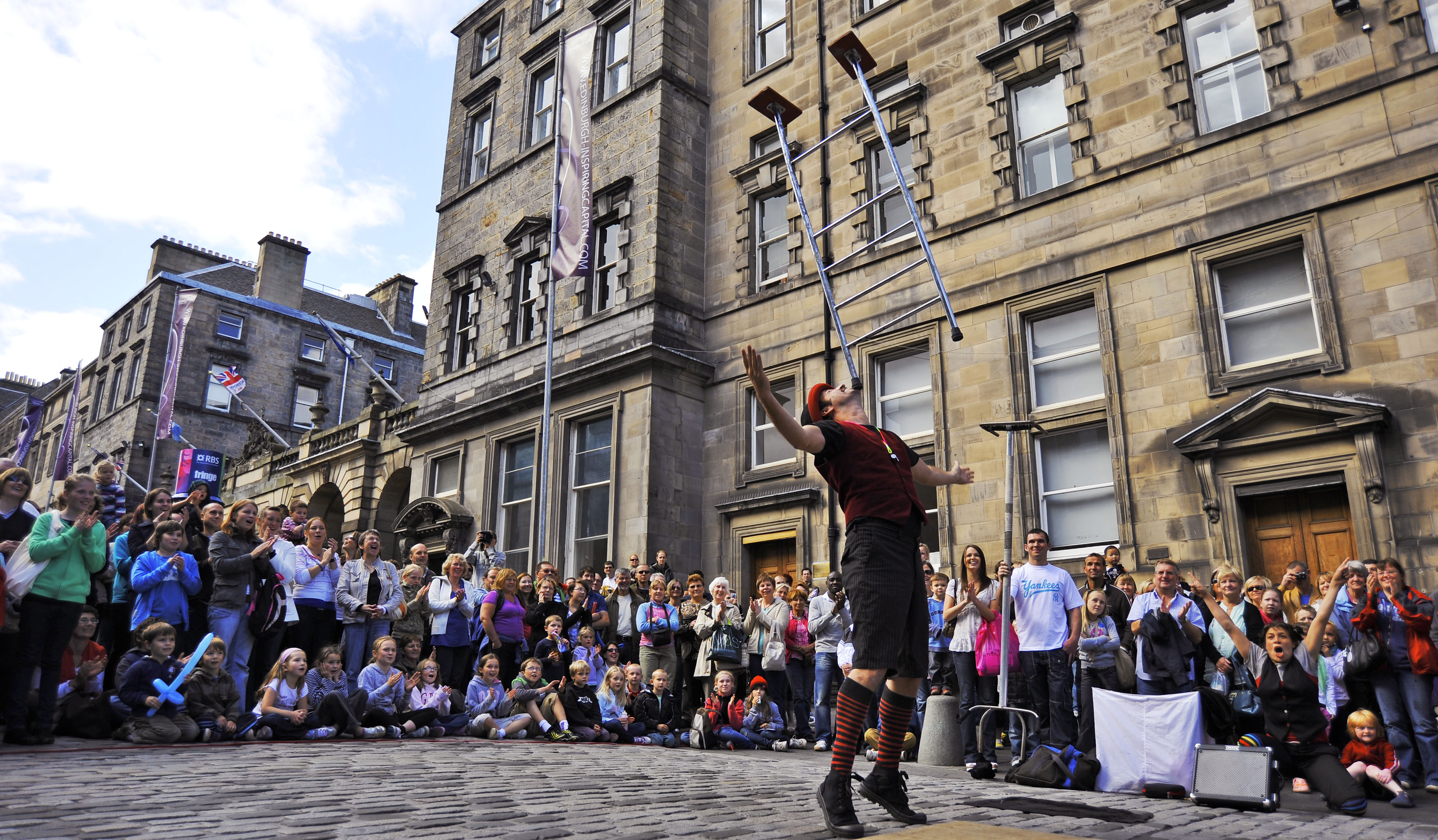
Coming third in a YouGov survey to find a second city for Britain, ahead of Leeds, Glasgow and Liverpool, Edinburgh is the most visited city in the UK after London, and of course, it’s also the capital of Scotland.
The hub of the Scottish Enlightenment in the 18th century, it’s now home to the world’s biggest arts festival – the Edinburgh Festival – which has become a mecca for comedians worldwide and receives 400,000 visitors a year. The festival, together with a year-round programme of events, generates £200 million for the local economy and supports almost 4,000 jobs.
Add to that Edinburgh’s status as the world’s first UNESCO city of literature, and you’ve got a real second city contender for creatives across disciplines.
Glasgow

Edinburgh has some stiff competition. Glasgow, arguably Scotland’s second city, actually has a higher population than Scotland’s capital and is home to both BBC Scotland and the nation’s only public self-governing art school offering university-level programmes in architecture, fine art and design: the Glasgow School of Art.
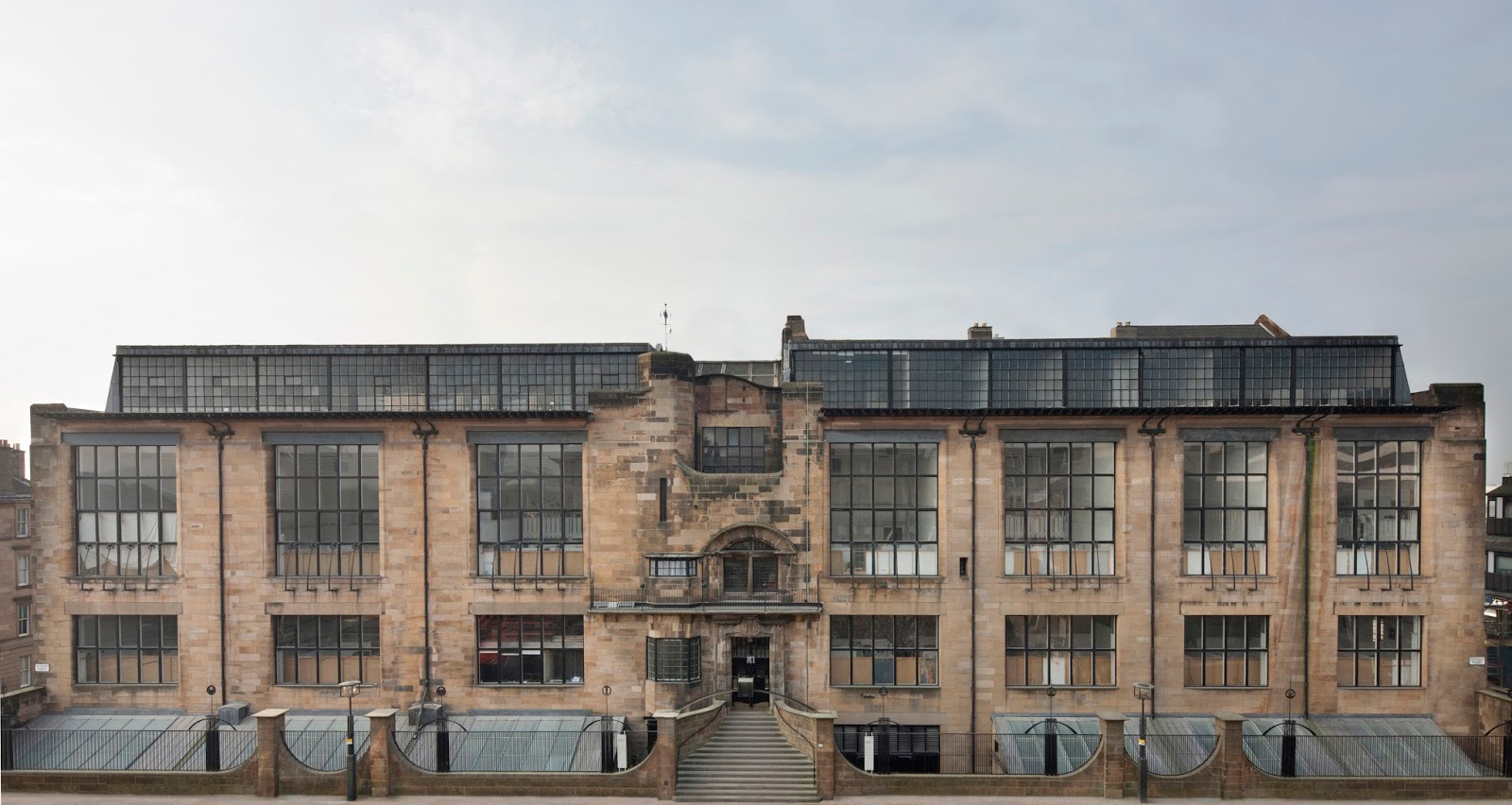
The Charles Rennie Mackintosh-designed building was badly damaged by a fire in 2014 and is currently being restored by Scottish architecture studio Page\Park, at a reported cost of £35 million. The fire hasn’t charred the city’s spirits though – it tops the UK’s economic recovery list with a value of £19.3 billion in the wake of the recession – and Glasgow’s International Arts Festival, which runs from 08 to 25 April 2016, features 78 exhibitions and over 50 events including work from over 220 artists from 33 countries.
Falmouth
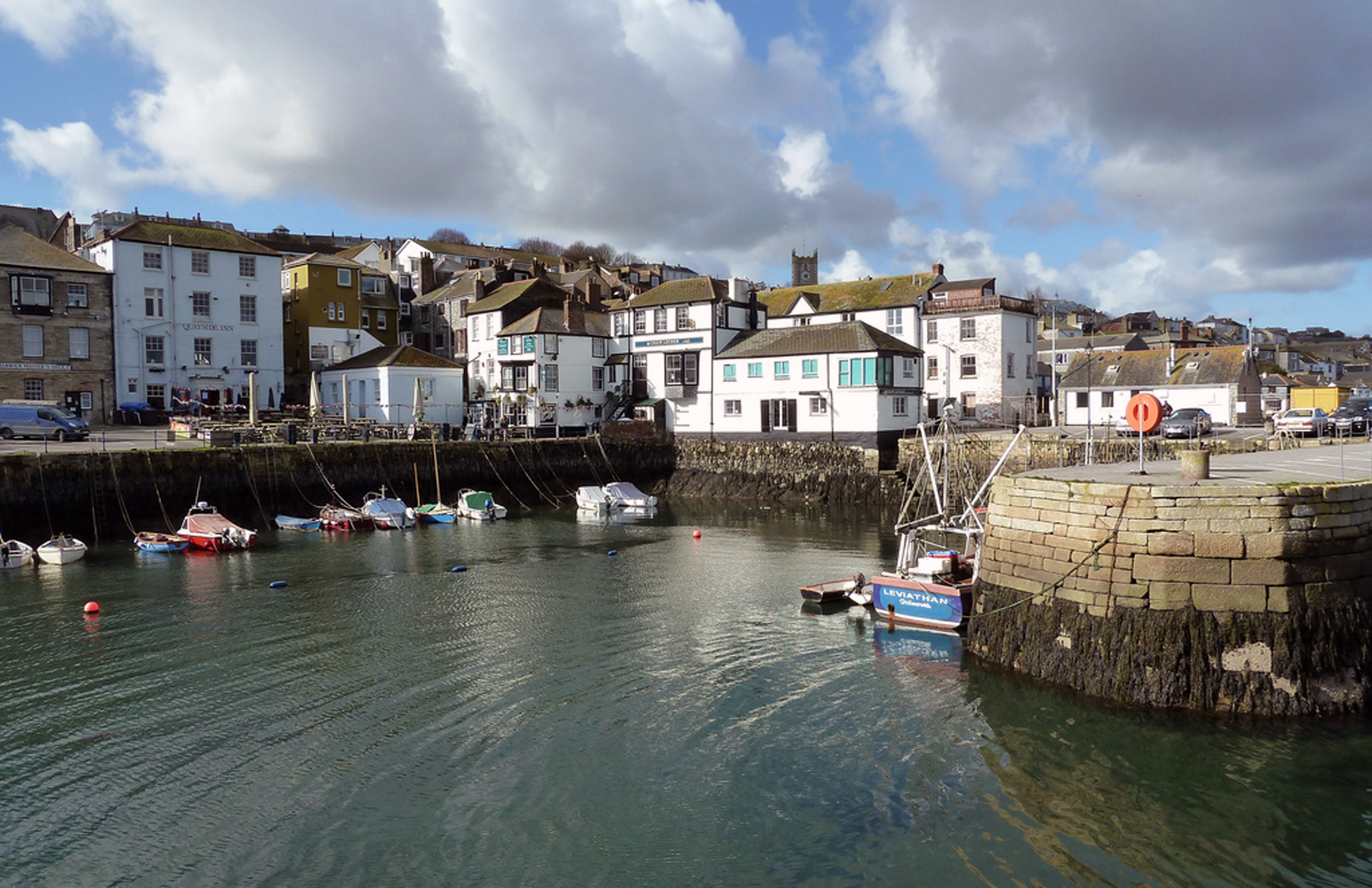
At the other end of the country, Cornwall is undergoing a creative revolution. The South West is the most significant region in the design economy after London and the South East, with total turnover at £2.3bn and design workers contributing an average of £48,200 per head. And Falmouth is leading the charge.
It was one of the first towns in the UK to reach 95% superfast broadband coverage, which many creative businesses cite as the reason for the county’s creative upswing. The University College Falmouth, ranked by the Sunday Times as the number one arts university in the UK for the last two years running, produces more than 1,300 graduates per year, 95% of whom are in employment or further study within six months of graduating. Many of them move from the University campus to the Tremough Innovation Centre next door, an incubator for new businesses – in fact four times the national average become self-employed or set up their own business.
The stats:
London
Population: 8.6 million
Average rent: £2,912 pcm
Manchester
Population: 0.5 million
Average rent: £927 pcm
Newcastle
Population: 0.3 million
Average rent: £790 pcm
Edinburgh
Population: 0.5 million
Average rent: £1,460 pcm
Glasgow
Population: 0.6 million
Average rent: £665 pcm
Falmouth
Population: 0.02 million
Average rent: £770 pcm
